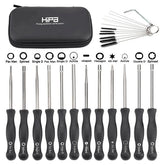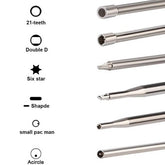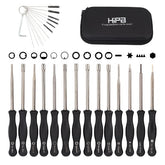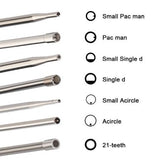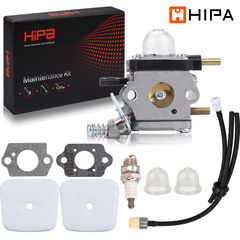How Does a 2-Cycle Engine Work?

While two-cycle engines can be used for different applications, engine operation will remain the same. In this blog, we will address how a two-cycle engine works as well as potential problems you may encounter.
Fuel
A two-cycle engine requires the gasoline to be mixed with oil for the engine to operate properly. Attempting to run a two-cycle engine without a suitable oil and gas mix will cause the engine to cease due to insufficient lubrication.
Be aware that two-cycle engines are designed to use gasoline with no more than 10% ethanol. Gasoline with higher levels of ethanol can be corrosive and attract water which can cause starting or running problems and may damage the fuel system or engine.
you should store the gasoline and oil mixture in a clean sealed plastic container approved for fuel storage. If equipped, close the vent when not in use and store the container away from direct sunlight. If you anticipate storing the fuel for longer than three months, consider adding a fuel stabilizer when you fill the container.
Engine
To start the engine, the ignition switch must be set to the start position. As the starter rope is pulled, the starter engages the drive cup on the flywheel and rotates the crankshaft. The rotating crankshaft connects to the piston which moves up and down within the cylinder and the ignition process begins.
The flywheel has permanent magnets built into it and as it rotates past the ignition coil, a magnetic field is created. The magnetic field induces electricity allowing the ignition coil to send voltage to the spark plug.
As the piston travels down the cylinder, it exposes an intake port and pumps fuel, oil and air into the cylinder. As the piston travels back up the cylinder, a vacuum is created and gas, oil and air is drawn through the carburetor into the crankshaft. When the piston reaches the top of the cylinder, the spark plug ignites the compressed fuel and air mixture which forces the piston back down exposing an exhaust port where the spent fuel exits. A split seconds later, the intake port is exposed again, fresh fuel is drawn in and the process is repeated with every revolution of the crankshaft.
Muffler and Spark Arrestor
The exhaust from the engine travels through a muffler and spark arrestor. The muffler reduces engine noise while the arrestor prevents burning carbon deposits from exiting the engine housing and potentially starting a fire.
Choke and Primer Bulb
Engines will have a choke, primer bulb or both to assist with starting, especially when the engine is cold. The choke will temporarily restrict airflow through the carburetor, so more fuel can enter the cylinder. Likewise, a primer bulb draws additional fuel through the carburetor which enters the cylinder before the engine is started.
If the engine starts but loses power or stalls shortly after, the spark arrestor may be clogged which prevents exhaust from exiting the engine. The clog is often caused by using too much oil or the wrong type of oil in the fuel mixture.
If the engine does not start at all, the most likely cause is a defective spark plug or a restricted carburetor, the carburetor can be cleaned but it often needs to be replaced.
Hipa Repair Center has a solution for many of the problems you may be experiencing with your small engine. Enter the product’s full model number in our website search engine for a complete of compatible parts. Hipastore.com also has an extensive selection of instructional blogs to assist you covering topics like part replacement. At hipastore.com, we make fixing things easier.
Revive Your Machine With Hipa All-In-One Kit
Please let us know if this works and if you have any suggestions or comments. Or you can join HIPA DIY COMMUNITY to feature your passion for repair projects, share your stories with the Hipa family and get help from hipastore.com.













